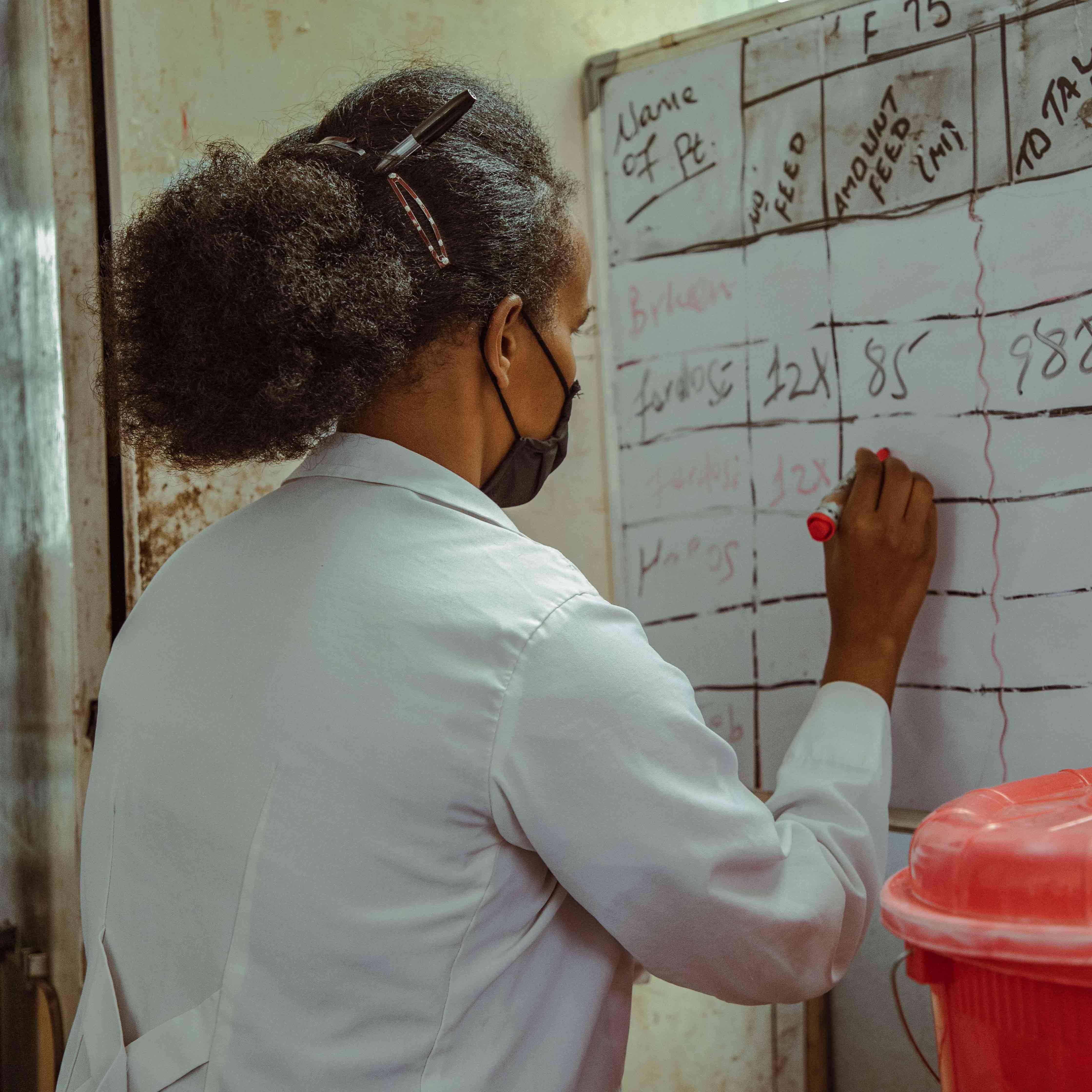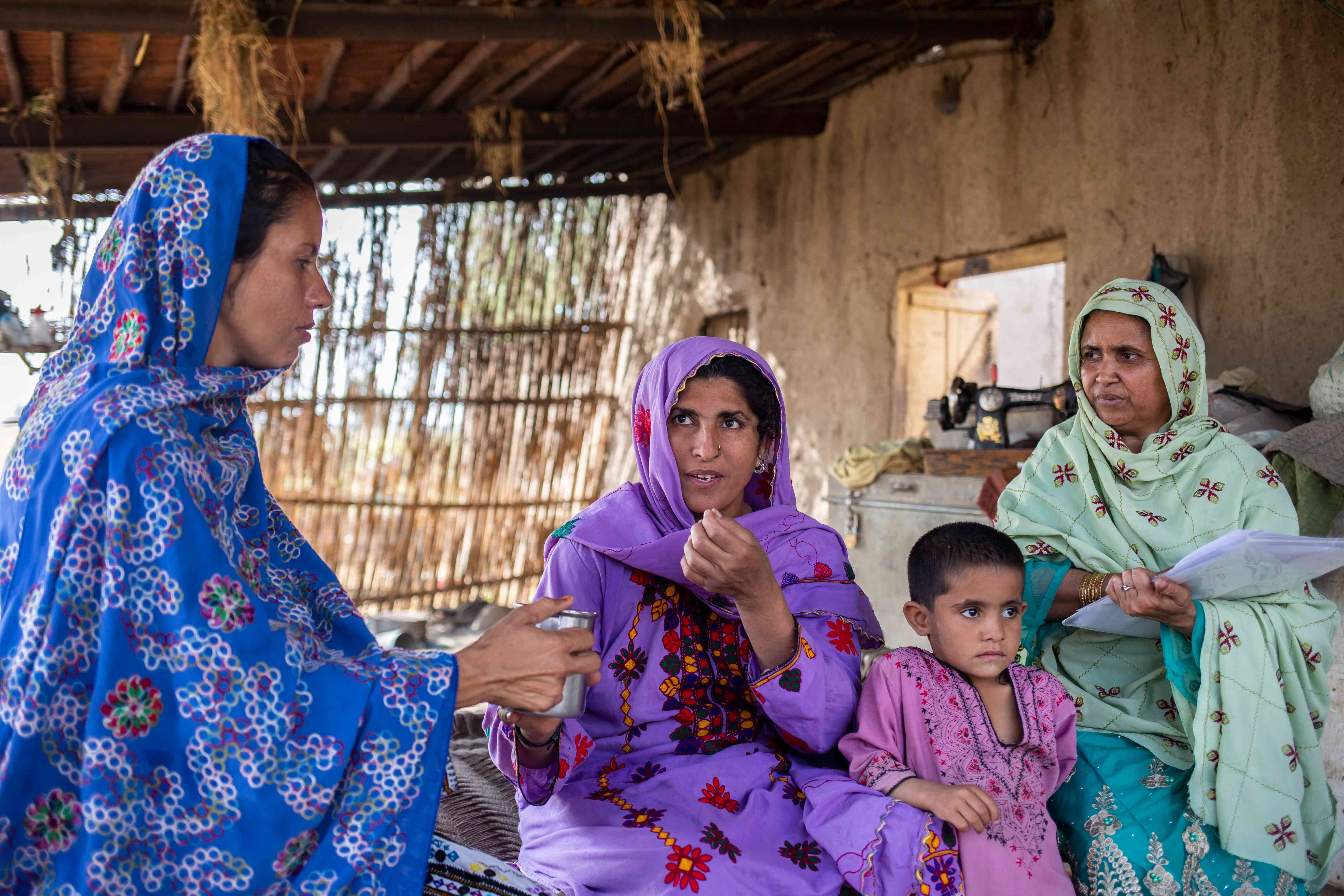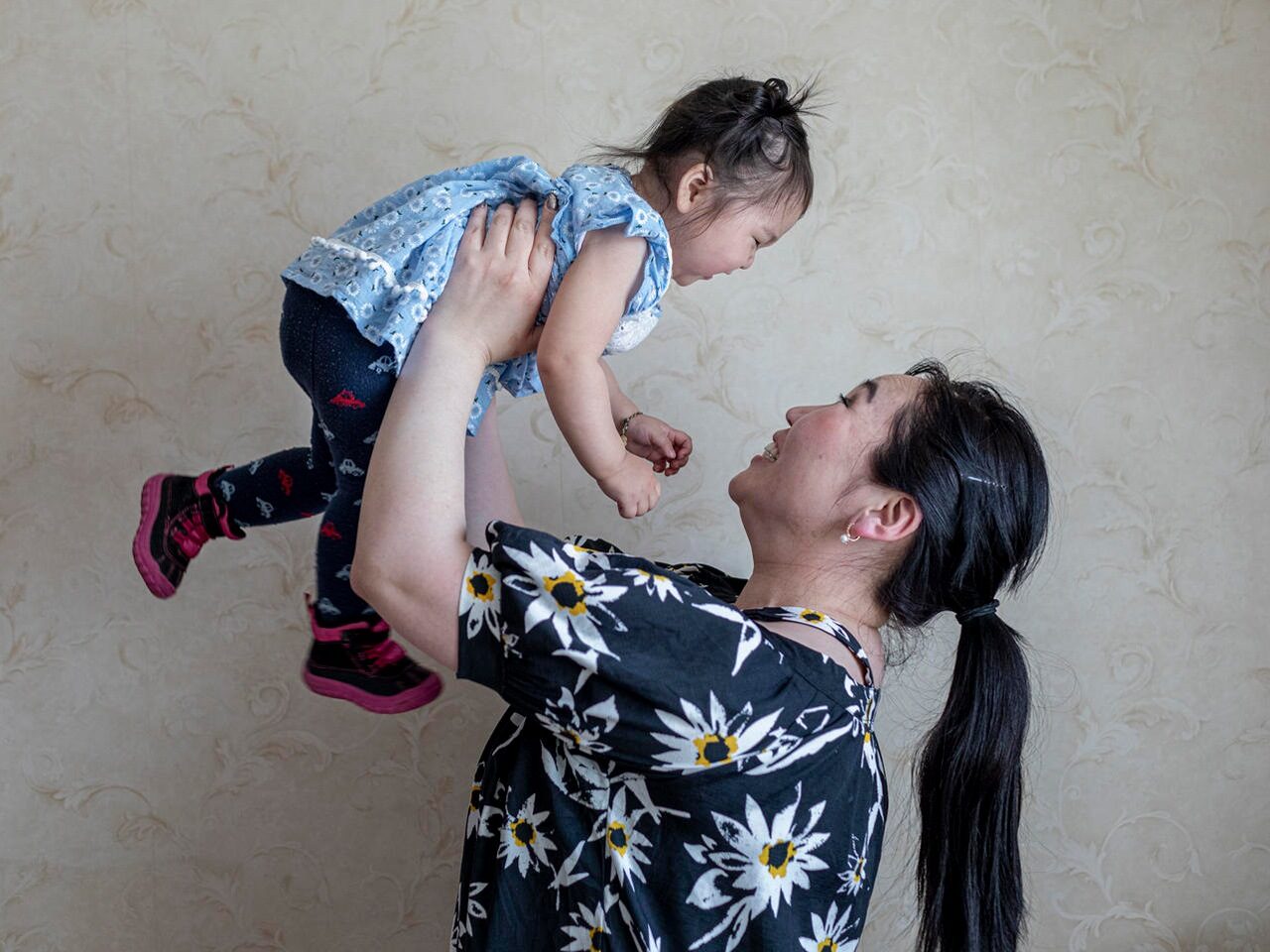Anaemia is a major public health concern, with economic consequences
In addition to being a fundamental health issue, anaemia has important economic consequences for individuals, families, communities and countries. Anaemia can cause fatigue and lead to lower productivity . It is estimated that for every US$ 1 invested in interventions aimed at reducing anaemia in women, such as iron and folic acid supplementation, $12 in economic returns could be produced.

What is the economic cost of anaemia?
According to Nutrition International, approximately 245 million children under five and more than 586 million adolescent girls and women aged between 15 and 49 are affected by anaemia. Annually, this leads to an estimated:
- Economic costs of anaemia in children: $161 billion USD
- Economic costs of anaemia in adolescent girls and women: $113 billion USD
Source: The Cost of Inaction Tool
Addressing anaemia requires a multisectoral approach due to its diverse causes. While nutritional interventions are crucial, they alone cannot address all forms of anaemia. A comprehensive strategy involving various sectors is essential to achieve significant progress.
Investing in a new anaemia action agenda
Accelerating anaemia reduction requires leadership and investment in multipronged societal approaches that urgently prioritize the health and well-being of women, adolescent girls and children.
Investing in a new anaemia action agenda now will help to:
Pay large dividends in terms of global health

A ten-year, aggressive effort to prevent anaemia could save nearly 800,000 children's lives. By successfully reducing anaemia prevalence, we can improve pregnancy outcomes for both mothers and infants, leading to long-lasting health benefits across generations.
Economic development

Successfully reducing the prevalence of anaemia is estimated to generate significant economic benefits, including a potential return of over $110 billion to the economy, an increase in adult productivity by up to 17%, and a highly favorable cost-benefit ratio of 12:1 (twelve dollars returned for every dollar invested).
Child development

Addressing the prevalence of anaemia will improve children's growth, development, and cognition, ultimately leading to better school performance.
Gender equality

Reducing anaemia in women can also help reduce gender wage gaps, lift them out of poverty, and advance gender equality.
Nutrition International has developed the Cost of Inaction Tool, an evidence-based tool designed for country-level policymakers and advocates to estimate the annual economic costs associated with anaemia for over 140 countries and regional groupings.
